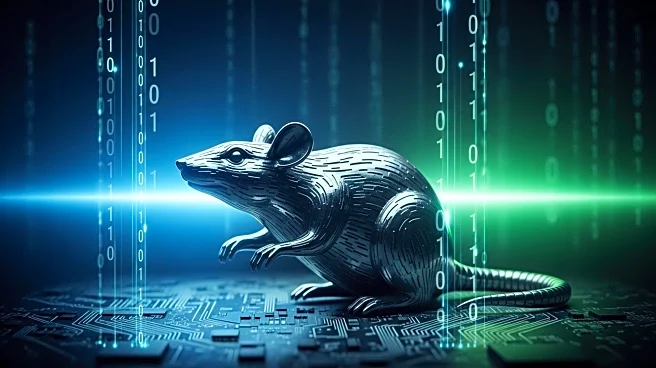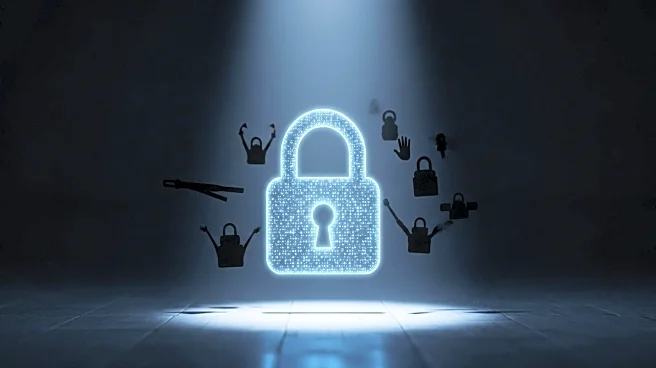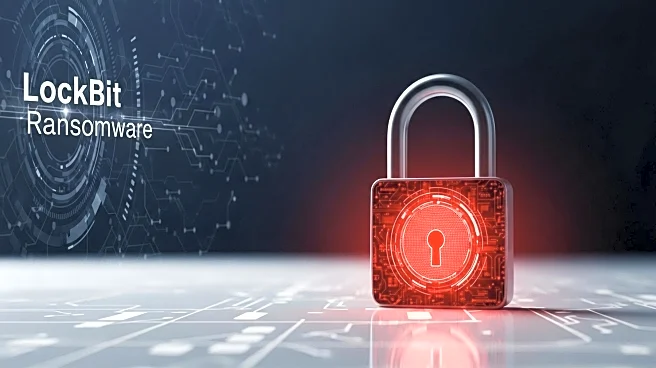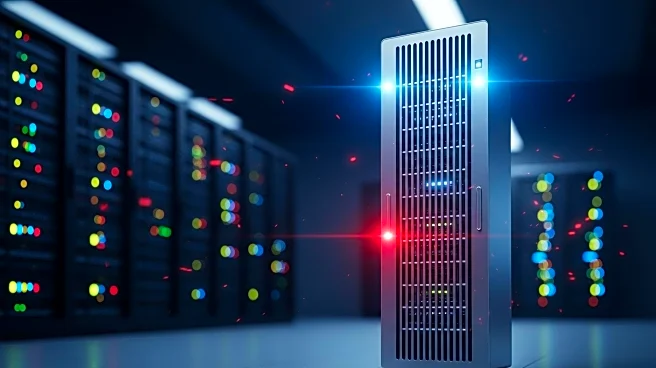What's Happening?
Forcepoint Labs has uncovered a sophisticated cyber threat campaign involving the XWorm remote access trojan (RAT). This campaign is notable for its use of fileless malware techniques, which rely on in-memory evasion tactics rather than traditional disk-based methods. The attackers employ an encrypted shellcode to execute a .NET dropper, which then loads multiple in-memory DLLs reflectively. The initial attack vector is a phishing email containing a fake invoice, which includes an Office .xlam attachment. This attachment embeds a native object linking and embedding (OLE) stream that unpacks the malicious code. The campaign's use of in-memory techniques makes it particularly challenging to detect and mitigate, as it bypasses conventional security measures that focus on disk-based threats.
Why It's Important?
The shift towards fileless malware and in-memory evasion tactics represents a significant evolution in cyber threats, posing new challenges for cybersecurity professionals and organizations. Traditional antivirus and security solutions often rely on detecting malicious files on disk, but fileless malware operates entirely in memory, making it harder to identify and neutralize. This development underscores the need for advanced threat detection and response strategies that can address in-memory threats. Organizations across various sectors, including finance, healthcare, and government, are at increased risk as attackers continue to refine their techniques. The ability to evade detection can lead to prolonged exposure to cyber threats, potentially resulting in data breaches, financial loss, and reputational damage.
What's Next?
Organizations must adapt their cybersecurity strategies to address the growing threat of fileless malware. This includes investing in advanced security solutions that offer real-time monitoring and analysis of in-memory activities. Cybersecurity teams should prioritize training and awareness programs to help employees recognize phishing attempts, which are often the initial vector for such attacks. Collaboration between cybersecurity firms and industry stakeholders is crucial to develop and share intelligence on emerging threats. As attackers continue to innovate, ongoing research and development in cybersecurity technologies will be essential to stay ahead of these sophisticated campaigns.
Beyond the Headlines
The rise of fileless malware highlights broader implications for the cybersecurity landscape, including ethical and legal considerations. As attackers leverage increasingly sophisticated techniques, questions arise about the balance between privacy and security, particularly in the context of monitoring in-memory activities. Additionally, the legal framework surrounding cybercrime must evolve to address the complexities of prosecuting fileless malware attacks, which often involve cross-border elements. The ongoing development of international cybersecurity standards and cooperation will be critical in addressing these challenges.










